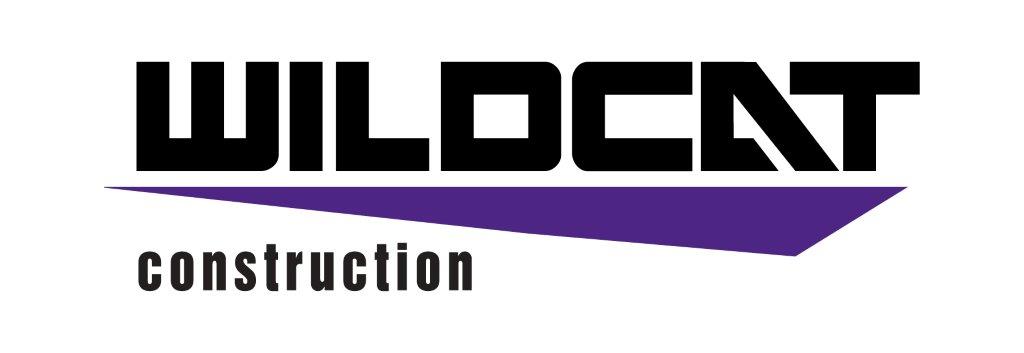Title Page
-
Conducted on
-
Prepared by
-
Location
-
REJECTION CRITERIA per ASME B30.9:
Missing or illegible sling identification; evidence of heat damage; slings that are knotted; Fittings that are pitted, corroded, cracked, bent, twisted, gouged, or broken; other conditions, including visible damage, that cause doubt as to the continued use of the sling. -
Inspection of:
Inspection
-
Inspection of:
-
Serial Number
-
Jobsite Location
-
Any acid or caustic burns?
-
Evidence of heat damage?
-
Any holes, tears, cuts?
-
Abrasive wear or snags that expose the core yarns?
-
Broken or damaged core yarns?
-
Weld splatter that exposes core yarns?
-
Discoloration and brittle or stiff areas on any part of the slings, which may mean chemical or other damage?
-
Sunlight damage? (Discoloration)
-
Identification tag attached?
-
Serial Number
-
Wire Type
-
Jobsite Location
-
Excessive broken wires?
-
Ten randomly distributed broken wires in one rope lay?
-
Five broken wires in one strand of rope lay?
-
Severe localized abrasion or scraping?
-
Kinking?
-
Crushing?
-
Birdcaging?
-
Any other damage resulting in damage to the rope structure?
-
Severe corrosion of the rope or end attachments?
-
Identification tag attached?
-
Serial Number
-
Grade of Chain
-
Jobsite Location
-
Does wear exceed 10%?
-
Is one leg longer than the other?
-
Any stretched chain links or components?
-
Reach vs. Tag
-
Are any links deformed?
-
Excessive Wear, Nicks, or Gouges?
-
Any bent, twisted or deformed chain links?
-
Excessive pitting or corrosion?
-
Lack of ability of chain components to hinge freely?
-
Weld splatter?
-
Identification tag attached?












